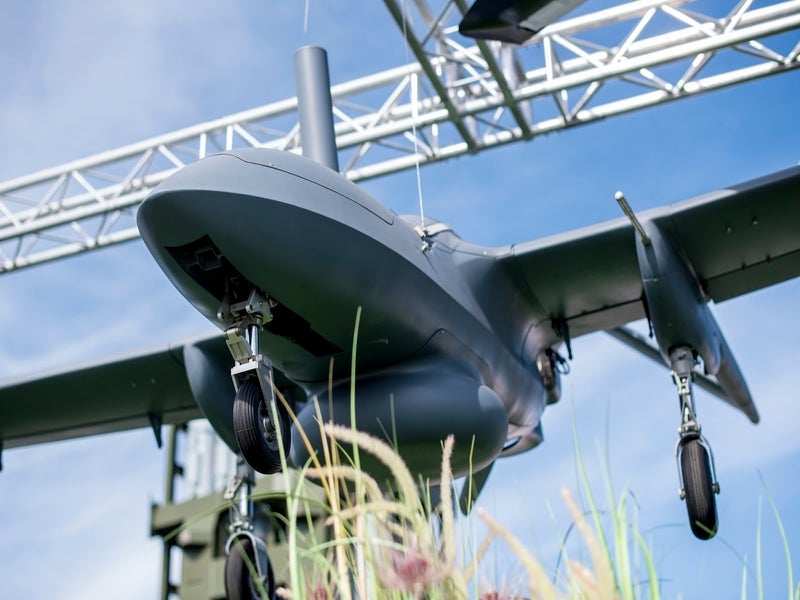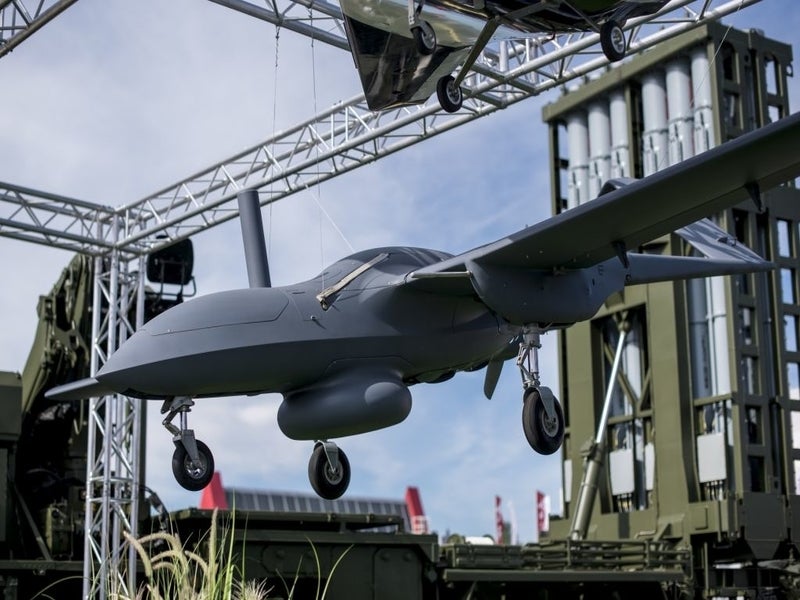Corsair (Korsar) unmanned aerial vehicle (UAV) system was developed by the Luch Design Bureau, a part of Roselektronika.
The first prototype of the unmanned aircraft was introduced at the Army 2015 International Military-Technical Forum.
The export variant of the UAV was unveiled by the Russian Electronics Holding of the State Corporation Rostec at the MAKS-2019 air show held in Kubinka, Moscow, in 2019.
The drone can be configured to perform a variety of military missions such as surveillance, aerial reconnaissance, patrol and observation, target acquisition, aerial photography, and cargo transportation. It can also operate with other ground and air platforms within a secure network.
Corsair can be used for civilian applications including monitoring infrastructure, the environment, and road traffic, as well as forest fire-fighting and emergency response and relief missions.
The Ministry of Defense of the Russian Federation plans to purchase a set of Corsair UAV drones.
Corsair UAV design and features
Corsair UAV system consists of a drone, electric power generation system, a full set of payloads, and a single ground control station.
The open-architecture design of the drone allows for easy swapping of payload components based on the mission requirement. The fuselage length of the drone is 4.2m, while its wing span is 6.5m. The take-off weight of the UAV is 4.2m.
The unmanned vehicle features fixed-wing design with high aspect ratio. Its tail section incorporates inverted V-tail configuration, which offers greater stability in high cross winds.
Its whale-shaped nose cone section is equipped with a data link for establishing communication between the UAV and its ground control station.
The conventional tri-cycle landing gear fitted beneath the fuselage allows for smooth take-off and landing operations.
Payloads and communication
The UAV can be equipped with electro-optical systems and a digital aerial camera for collecting reconnaissance information, imagery, and video streaming.
It is also fitted with a radar station for locating, detecting, and tracking objects and determining their position.
It can be outfitted with meteorological instruments for environmental monitoring application, as well as a transport module for cargo transportation tasks. The UAV can also be equipped with electronic warfare equipment.
The imagery and video data acquired by the payloads is transmitted to the ground control station and other air and ground objects in real-time through a secure communication link.
Ground control station
Several Corsair UAVs can be operated remotely from a single ground control station, which is manned by two operators.
Operators at the ground station process the information collected by UAV’s payloads for identification of high-value targets.
The mission planning and flight plan is transmitted to the unmanned aircraft through the data link.
Propulsion and performance
Corsair is powered by a piston engine at the rear fuselage. The engine drives a two-blade propeller arranged in pusher configuration.
The vehicle features an electronic engine controller, which controls all aspects of the engine performance. A remote engine starter is used to preheat the vehicle for a predetermined time.
The drone can reach altitudes from 100m to 5,000m, which makes it out of reach from small arms fire and various types of portable anti-aircraft missile systems.
The UAV is capable of operating at a maximum speed of 150km/h and can stay in air for up to eight hours. It is capable of operating in all weather conditions.
The export variant has a speed ranging from 100km/h to 180km/h. It offers a flight range up to 100km, while its service ceiling is between 100m and 4,000m and flight endurance is 7.5 hours.






